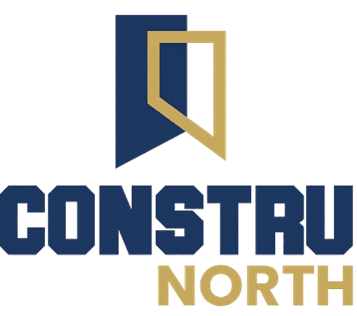How does your organization prioritize the development and growth of its employees?
Employee development and growth are crucial for the success of any organization. By investing in the professional development of their employees, organizations can foster a culture of continuous learning and improvement. This not only benefits the individual employees but also contributes to the overall growth and success of the organization.
Creating a Culture of Learning
One way that organizations prioritize employee development is by creating a culture of learning. This involves promoting a mindset that values and encourages continuous learning and growth. Organizations can achieve this by providing opportunities for employees to acquire new skills and knowledge, both through formal training programs and informal learning opportunities.
Formal Training Programs
Many organizations offer formal training programs to help employees develop specific skills or knowledge relevant to their roles. These programs may include workshops, seminars, or online courses. By providing structured training opportunities, organizations show their commitment to employee development and provide employees with the tools they need to succeed.
Informal Learning Opportunities
In addition to formal training programs, organizations can also prioritize employee development by offering informal learning opportunities. This can include mentorship programs, job rotations, or even encouraging employees to attend conferences or industry events. Informal learning allows employees to learn from their peers, gain new perspectives, and expand their knowledge in a more flexible and personalized way.
Individual Development Plans
To effectively prioritize employee development, organizations often work with employees to create individual development plans. These plans outline the specific goals and objectives that employees want to achieve in their professional development journey. By involving employees in the planning process, organizations can ensure that the development opportunities provided align with the employees' interests and career aspirations.
Regular Performance Feedback
Regular performance feedback is another important aspect of prioritizing employee development. By providing constructive feedback, organizations can help employees identify areas for improvement and set goals for their professional growth. This feedback can be given through regular performance reviews or ongoing coaching and mentoring.
Recognition and Rewards
Recognizing and rewarding employees for their achievements and contributions is also crucial for prioritizing employee development and growth. When employees feel valued and appreciated, they are more motivated to continue developing their skills and knowledge. This can be done through formal recognition programs, promotions, or even simple gestures of appreciation.
Investing in Resources and Tools
Organizations that prioritize employee development understand the importance of providing the necessary resources and tools for learning. This can include access to online learning platforms, subscriptions to industry publications, or even dedicated budgets for professional development activities. By investing in these resources, organizations demonstrate their commitment to supporting employee growth and development.
Encouraging Collaboration and Knowledge Sharing
Collaboration and knowledge sharing are essential for employee development. Organizations can foster a culture of collaboration by encouraging employees to share their knowledge and expertise with others. This can be done through cross-functional projects, team-building activities, or even creating internal platforms for knowledge sharing.
Continuous Evaluation and Improvement
Finally, organizations that prioritize employee development understand the importance of continuous evaluation and improvement. By regularly assessing the effectiveness of their development programs and initiatives, organizations can identify areas for improvement and make necessary adjustments. This ensures that the organization's efforts to prioritize employee development are aligned with the evolving needs of the employees and the organization as a whole.
